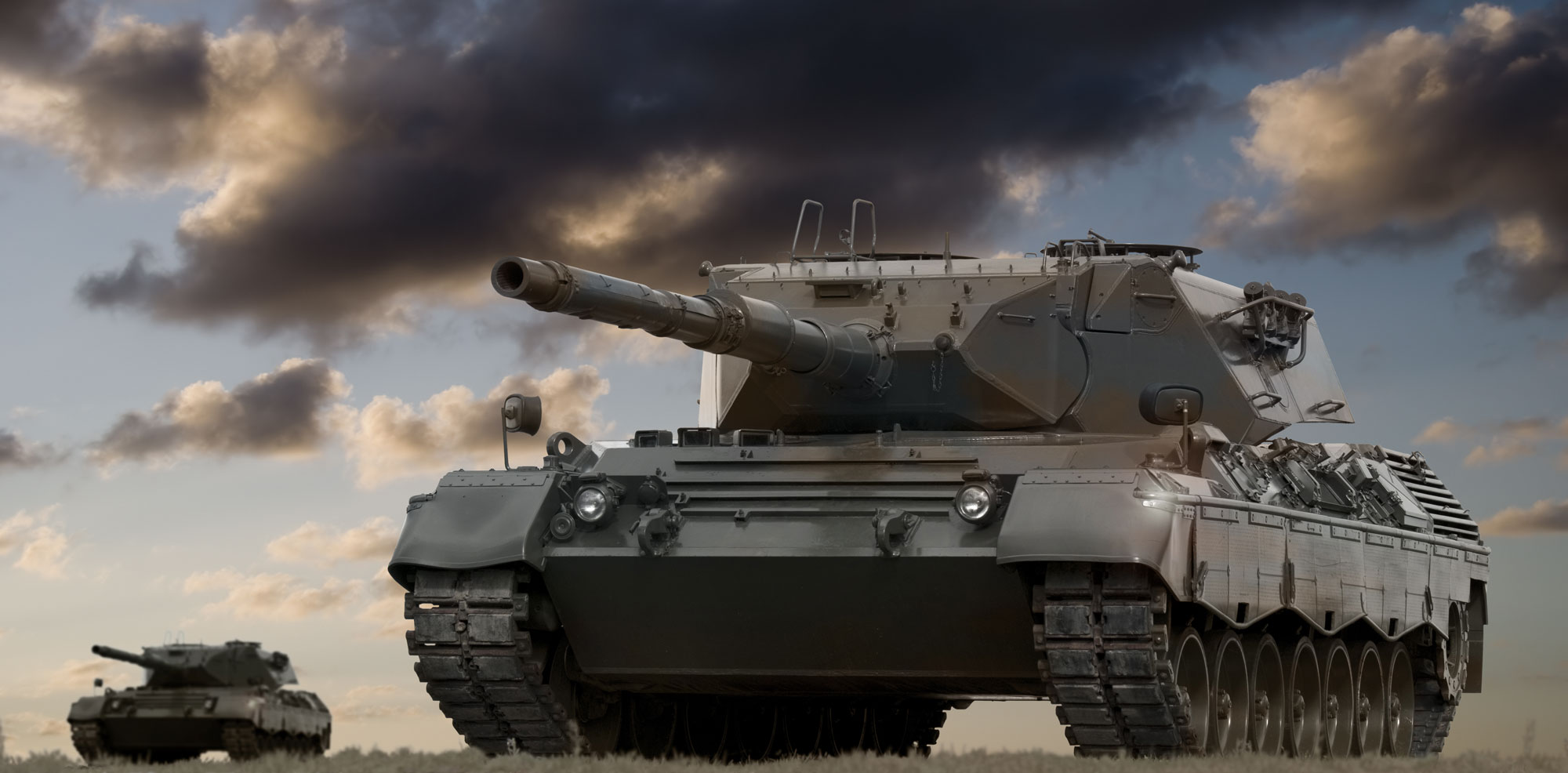In the ever-evolving landscape of modern warfare, the threat of CBRN (Chemical, Biological, Radiological, and Nuclear) attacks has become a significant concern for military strategists and defence planners. Main battle tanks (MBTs), the backbone of ground forces, must be equipped and prepared to operate in environments where these threats are present. This blog post explores the intersection of CBRN threats and MBTs, highlighting the challenges and advancements in this critical area.
Understanding CBRN Threats
CBRN threats encompass a range of hazardous materials and weapons that can cause widespread harm and disruption:
Chemical: These include chemical weapon agents like nerve agents (e.g., Sarin, VX) and blister agents (e.g., Mustard gas) and toxic industrial chemicals that can incapacitate or kill personnel.
Biological: Pathogens such as bacteria, viruses, and toxins (e.g., Anthrax, Smallpox) that can cause disease outbreaks and mass casualties.
Radiological: The use of radioactive materials to cause contamination and long-term health effects, often referred to as “dirty bombs.”
Nuclear: The detonation of nuclear weapons or nuclear accident, causing massive destruction, radiation sickness, and long-term environmental damage.
Chemical weapons agents and toxic industrials chemicals are the easiest to access and spread and act fastest against personnel. Most chemicals dissipate with a few hours from delivery making them ideal to use for area denial without making the area inaccessible for extremely long time.
Radiation threat can easily be caused by using readily available medical or industrial sources spread at an area. This would create fear among troops and unwillingness to cross the contaminated area. MBTs offer good protection against radiation threat allowing the vehicles to cross the contaminated area without the crews getting exposed to dangerous levels of radiation.
Biological and nuclear threats are something that are very low probability threats in mobile battlefield. Some biological agents can survive weeks if not years in the contaminated area, making it necessary to decontaminate the area or to avoid the area altogether for any operations.
The Role of Main Battle Tanks
Main battle tanks are designed to dominate the battlefield with their firepower, armour, and mobility. However, the presence of CBRN threats necessitates additional considerations and modifications to ensure their effectiveness and survivability.

Main battle tanks (MBT) are a key component of modern armies. They fill the role of armour-protected direct fire and maneuver in many modern armies. Modern MBTs rarely operate alone, as they are organized into armoured units that include the support of infantry, who may accompany the tanks in infantry fighting vehicles.
Protection Systems: Modern MBTs are equipped with advanced CBRN protection systems. These include overpressure systems that create a positive pressure inside the tank, preventing contaminated air from entering. Additionally, air filtration systems remove harmful particles and gases.
Detection and Monitoring: Tanks are fitted with CBRN detection systems that can detect the presence of hazardous agents. The optimal detection package for MBT consists of chemical and radiation early warning system providing real-time information allowing the crew to turn on CBRN-filtering or to wear personal protective equipment.
Decontamination: After exposure to CBRN agents, tanks must undergo thorough decontamination. This involves specialized equipment and procedures to remove contaminants from the tank’s exterior and interior surfaces. This very time-consuming process and can only be performed in a safe area. Typically, the vehicle decontamination is performed by specially trained decontamination crew.
Crew Training: Tank crews receive extensive training in CBRN defence. This includes operating detection equipment, operating vehicle CBRN protection systems, using personal protective gear, and executing local decontamination procedures. Regular drills ensure that crews are prepared to respond effectively to CBRN threats.
Challenges & Future Developments
Despite these advancements, several challenges remain in the integration of CBRN defence with MBTs:
Weight and Space Constraints: Adding CBRN protection systems can increase the weight and reduce the available space within the tank, potentially impacting its performance and crew comfort.

The tight space available inside a main battle tank poses a challenge in terms of the size of any components that need to be accomodated without commiting the vehicle’s operability and crew’s comfort. The above AI generated image depicts 2 operators inside the narrow space of a vehicle’s cabin.
Technological Advancements: Continuous research and development are needed to improve detection accuracy, reduce false alarms, and enhance decontamination methods.
Operational Readiness: Ensuring that all MBTs in a fleet are consistently maintained and upgraded with the latest CBRN defence technologies is a logistical challenge. Distributing and replacing the CBRN protection filters approaching their end of usable life must be planned for all MBT operations so that the crews do not get unexpectedly exposed to CBRN threats.
The future of CBRN defence in MBTs will most likely see a higher integration level between the CBRN sensors, CBRN-filtering system and battle management systems. The role of regular crew training programs against CBRN threats will be of very high importance. The crews must be familiar with their MBT protection systems as well as the use of their personal protection systems.
One simple solution already available today is to use the Bertin Environics’ ChemProX-DS chemical early warning system as the detection system together with RanidX for radiation detection. The ChemProX-DS communicates directly with the tanks battle management system informing commander about CBRN hazards in real-time. The BMS activates automatically CBRN filtering when the system is fully automatic mode, or the commander will activate CBRN filtering when the system is run is semi-automatic mode.
As the nature of warfare evolves, so too must the capabilities of main battle tanks to ensure they remain the king of the battlefield regardless of the threats they face.
Would you like to know more?

Watch this approximately 20min session in which Petri Karhula, CBRN Application Manager for armoured vehicles, and Toni Leikas, CBRN Specialist / Training Manager will familiarize you with the role of main battle tanks (MBTs) in the modern battlefield.
Leave a Reply